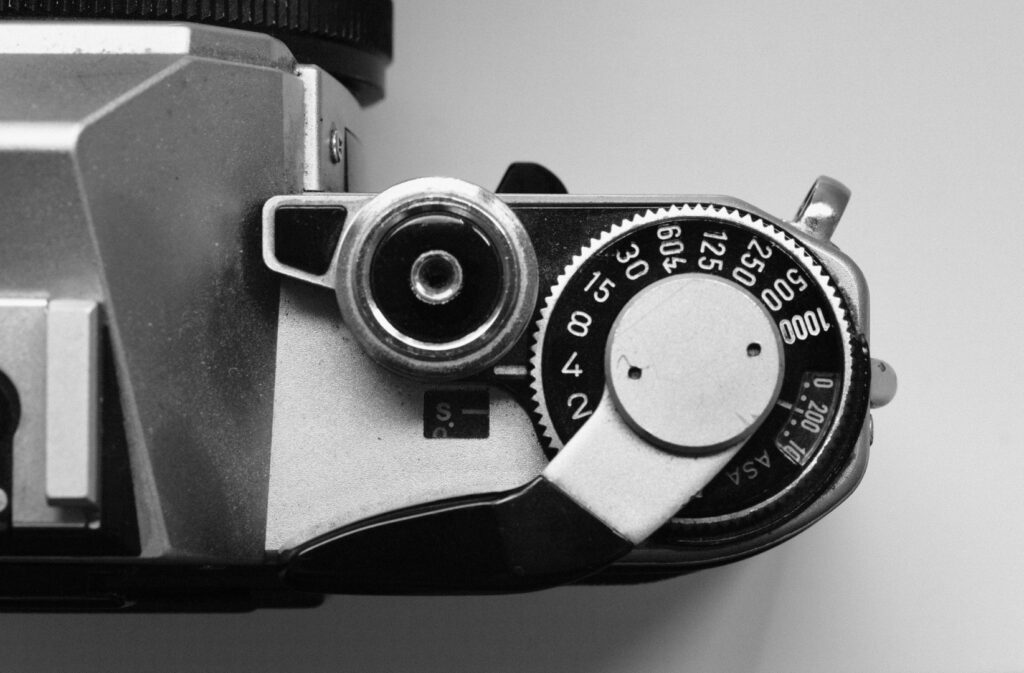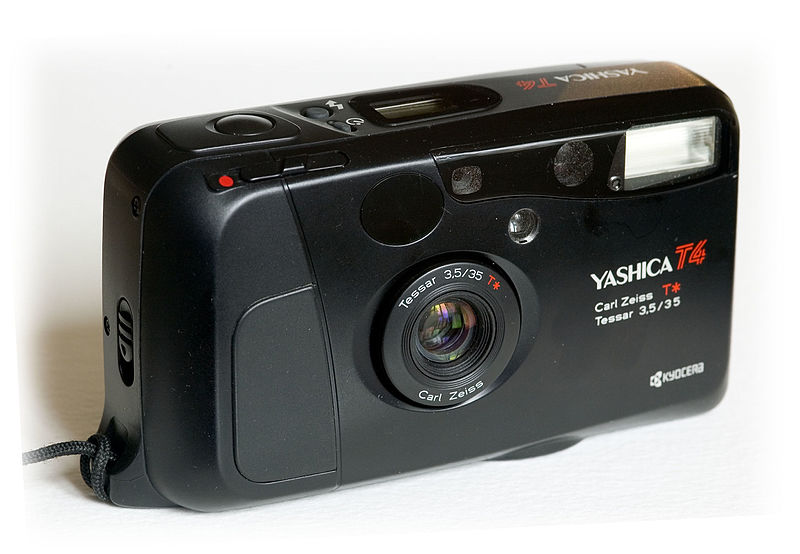Washing negatives after development is a crucial step in film processing, as it removes residual chemicals and prevents film damage. Many people recommend using tap water, distilled water, or demineralized water for this process. However, a less common question is whether salt or sea water can be used for washing film.
Technically, it is possible to use salt water for washing film, and it even offers certain advantages. Nevertheless, caution is advised when using salt water for this purpose. This article will discuss the pros and cons of using salt water to wash film.
Advantages of Using Salt or Sea Water for Washing Film
G.T. Eaton and J.I. Crabtree from Kodak Research Laboratories have found that sea water or salt water is more effective than fresh water for washing photographic films or papers. Specifically, salt water is better at removing hypo, a chemical used in film development to fix the image and make it permanent. If hypo is not properly removed, the image will fade over time. Washing film in sea water for only half the time required for fresh water is sufficient, and higher water temperatures can speed up the process. While it may take several hours to remove all hypo in fresh water, salt water can do the job in about 50 minutes.
Using salt water for film washing can save both time and money, particularly in areas where conserving fresh drinking water is essential. In fact, the US Navy used salt water to wash prints in the 1950s. By using salt water for most of the washing process, photographers can reduce the water needed for washing without sacrificing print quality.
Disadvantages of Using Salt or Sea Water for Washing Film
Although sea water is more efficient than fresh water for washing photographic films or papers, it also carries risks. Sea water contains salts that are hygroscopic and can absorb moisture. If residual salts remain on the film after washing, they can cause moisture absorption and damage the film. Moreover, while sea water can remove hypo more quickly than fresh water, improper washing with sea water can lead to fading. This is why a final wash with fresh water is always recommended before hanging the film to dry.
Additionally, sea water might contain contaminants such as sand, seaweed, or marine organisms that can harm the film. To avoid this issue, proper filtration or preparation of the sea water is essential.
Conclusion
In summary, using salt or sea water to wash photographic films is technically possible, but it may not be the best choice for everyone. Despite its effectiveness and potential time and water savings, using sea water can also damage the film if not washed properly. If you decide to experiment with washing film in salt water, follow Eaton and Crabtree’s advice and give the film a final wash with fresh water for about five minutes. To explore a more classical and recommended method for washing film, check out our guide on the Ilford technique.
Furthermore, exercise caution when sourcing your water, and always attempt to filter or prepare it when obtaining it directly from the shore to avoid contamination. It is recommended to avoid using valuable film, such as a freshly shot Portra 400 from your last vacation, for this experiment. Instead, consider using an inexpensive experimental roll of film to test the process.



